UCSD Price Center
School Project
Learn how our school project used design thinking to help UCSD's House Managers keep track of work and communicate between shifts.
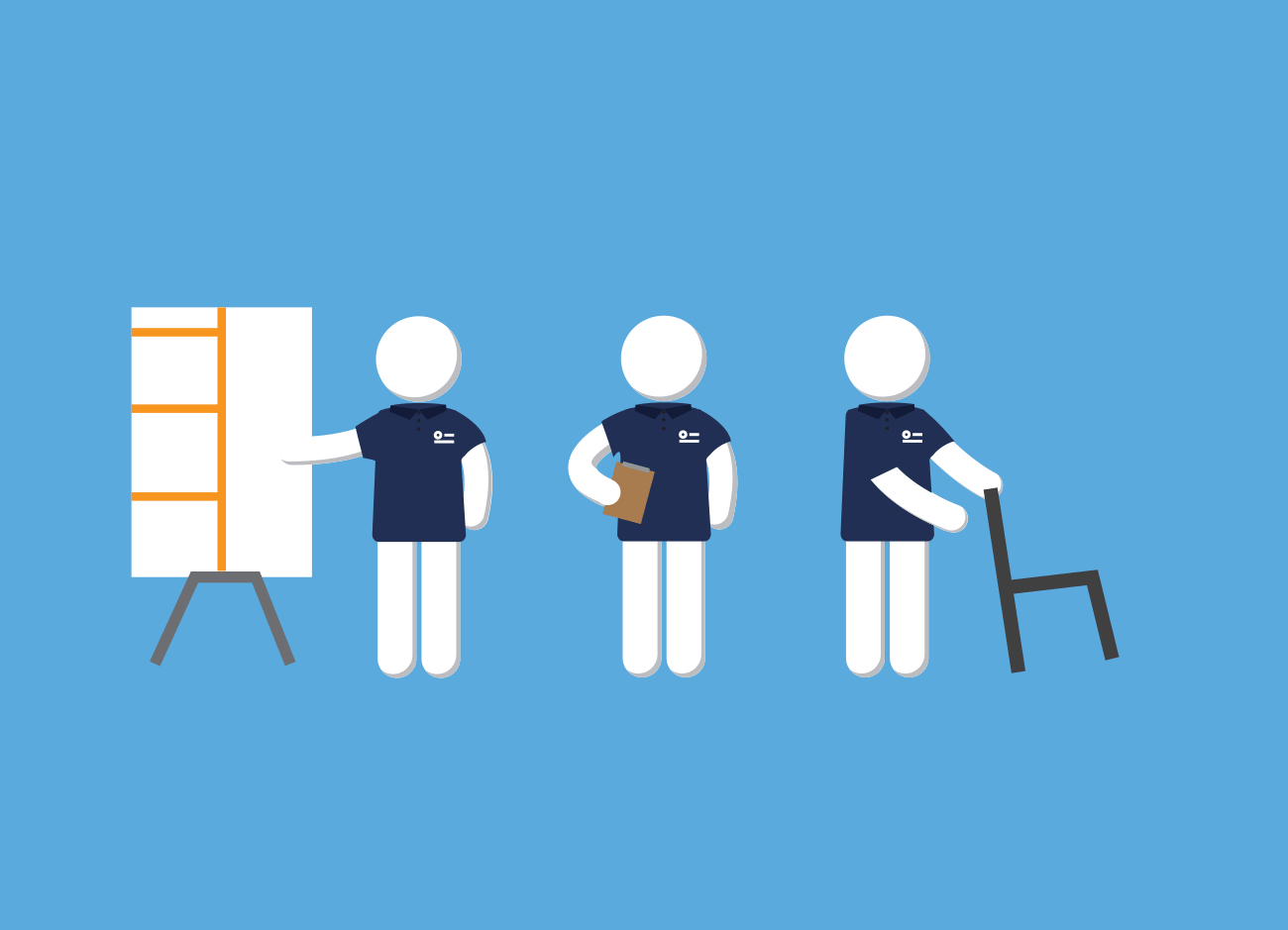
Learn how our school project used design thinking to help UCSD's House Managers keep track of work and communicate between shifts.


House managers have a big responsibility at UCSD Price Center. Not only are they are tasked with making sure events and clubs have the necessary equipment to run smoothly but they also have duty to clean and set up large meetings that could take several shifts to complete. Unfortunately, due to some rooms being big projects (ex. conference or performance with 1000+ chairs), messing up a room was not uncommon.
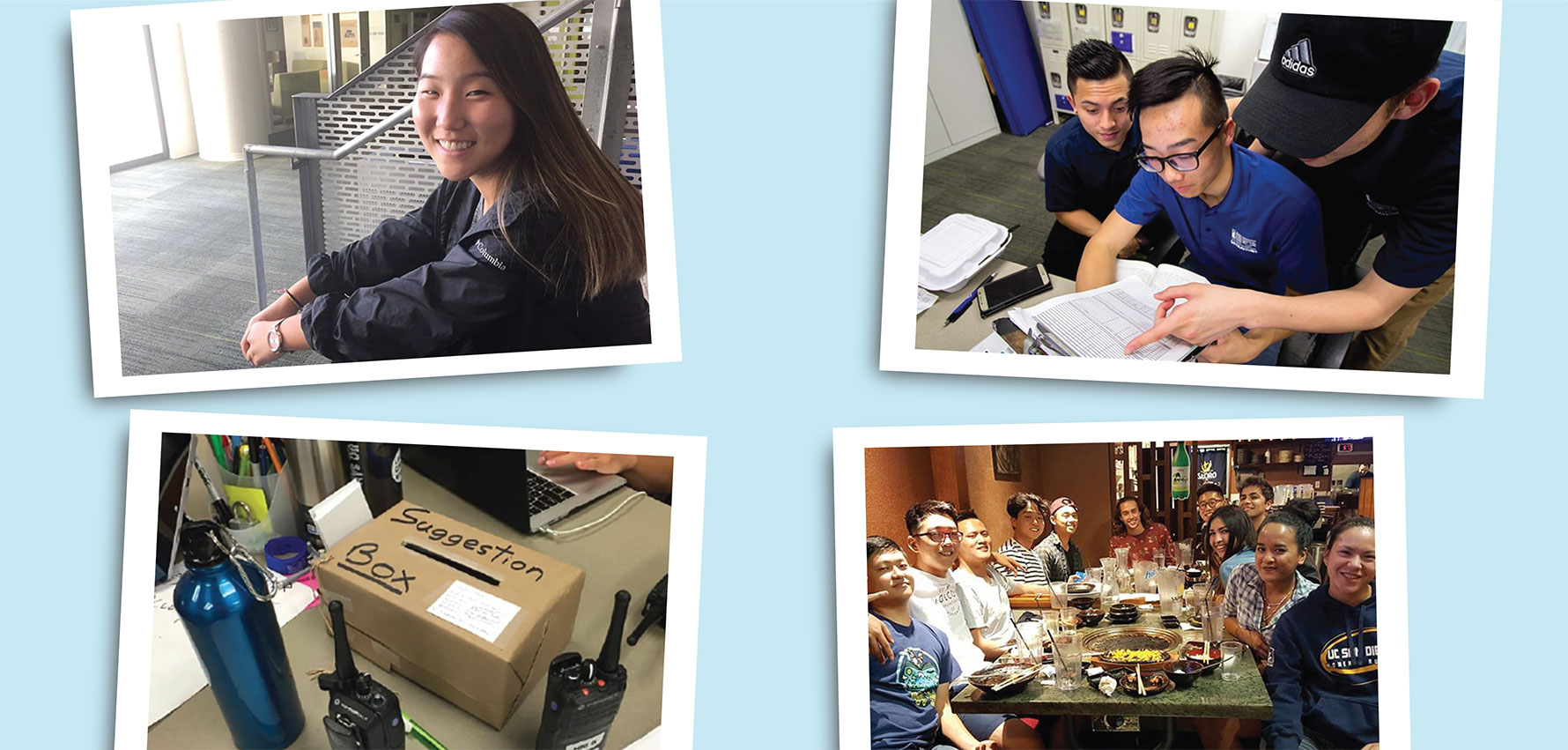
Several of our teammates were working as House Managers at the time, but it wasnt really until we took a step back as observers and researchers that we began to understand why our fellow employees had difficulty wrangling the room setups. We had the advantage of being able to interview our coworkers and managers freely,and observe work patterns, leave a suggestion box, and even host hangouts to understand the housemanagers and their day to day.
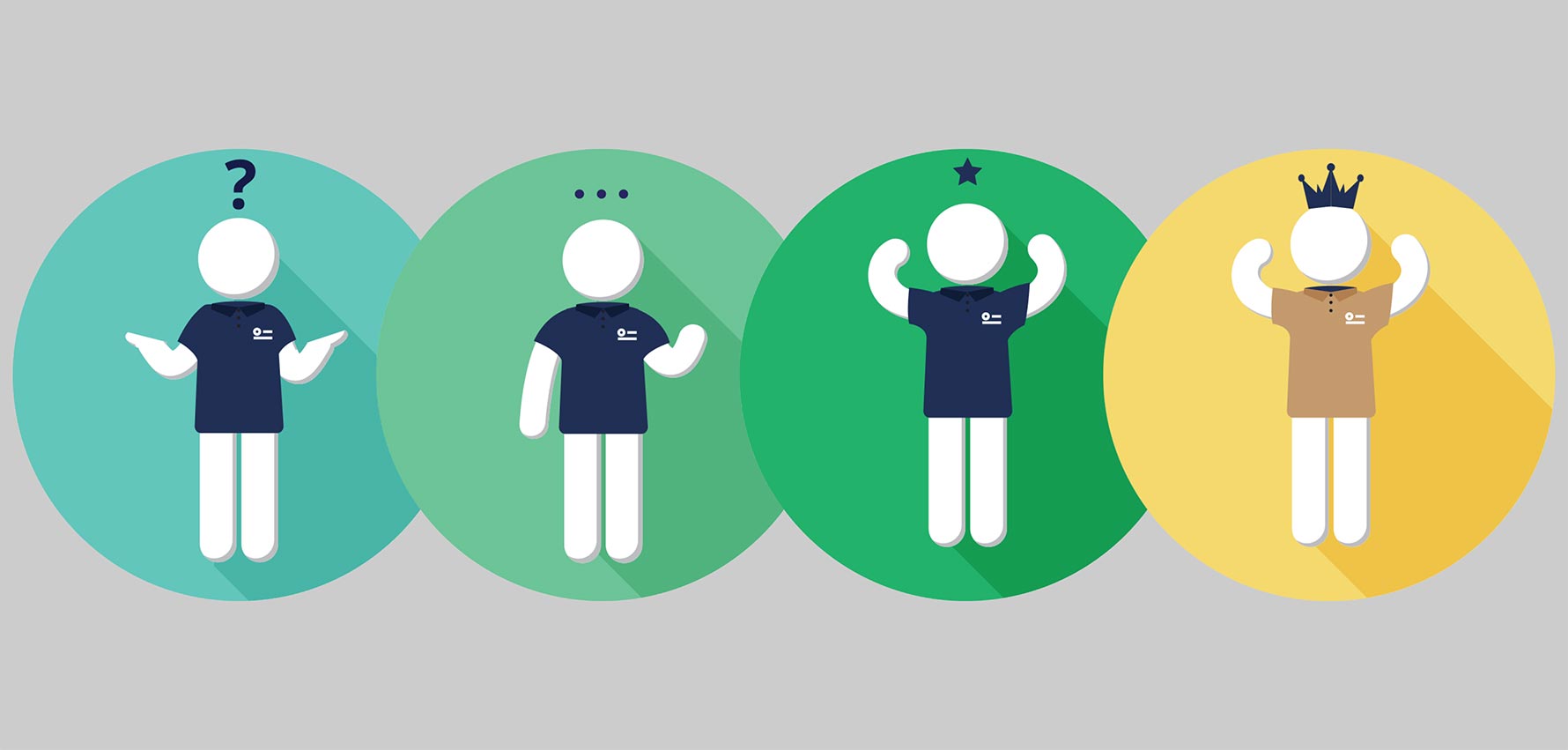
House Managers are an interesting group of people. They are student workers, meaning that their priorities are in academics first and work second. Most House Managers work for the sole purpose of making money to support their academic careers. They’re not particularly motivated to pursue more than what is given to them. In their leisure time you can often find House Managers studying, watching Netflix, or sleeping. On the job, they love having down time and they dislike taking initiative.
Here is how we broke down the personas in the HM ecosystem -
• The Noob: The Noob is a recently hired employee that has been with the dept for less than 3 months. They typically need explicit instructions and follow a lead or most experienced member on shift. They are still learning the ropes of proper setups and are more concerned with the tasks at hand the big picture.
• The Experienced: After about 3 -11 months a newly hired employee is considered experienced at this point they could start lead and keep track of bigger projects but a lot of time prefer to follow orders.
• The Lead: After about a year of showing good intiative an experienced worked could become an official lead. These workers like being in charge and train newer workers. A good lead does his or her best job to update following shifts what still needs to be done.
• The Boss: The boss is not a student but an adult worker who keeps track of our work and projects.
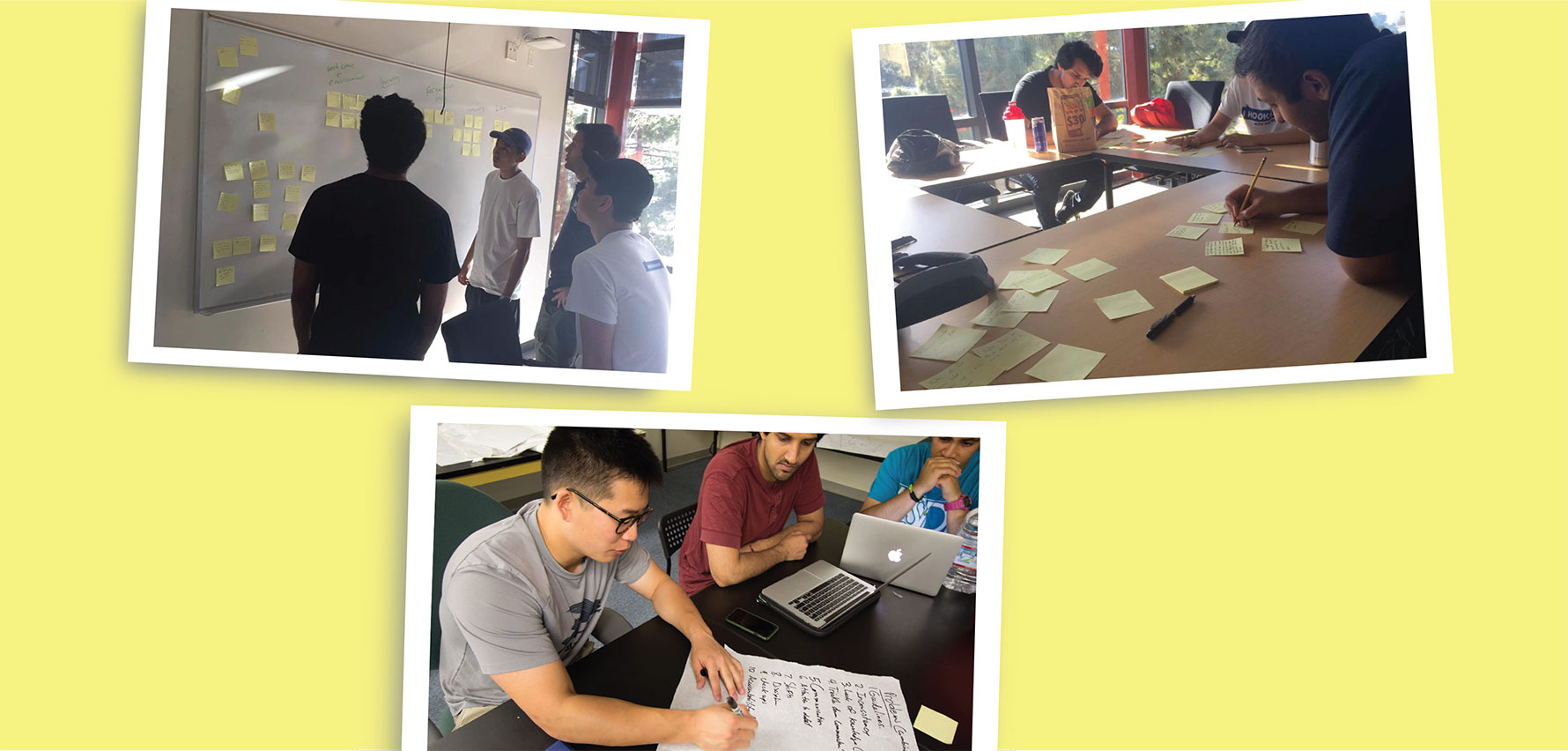
After our our need finding phase, we came together as a team to consolidate what we had each found. Using methods like affinity diagrams and priority charts we had a lot of great discussions that would help us create the problem statement.
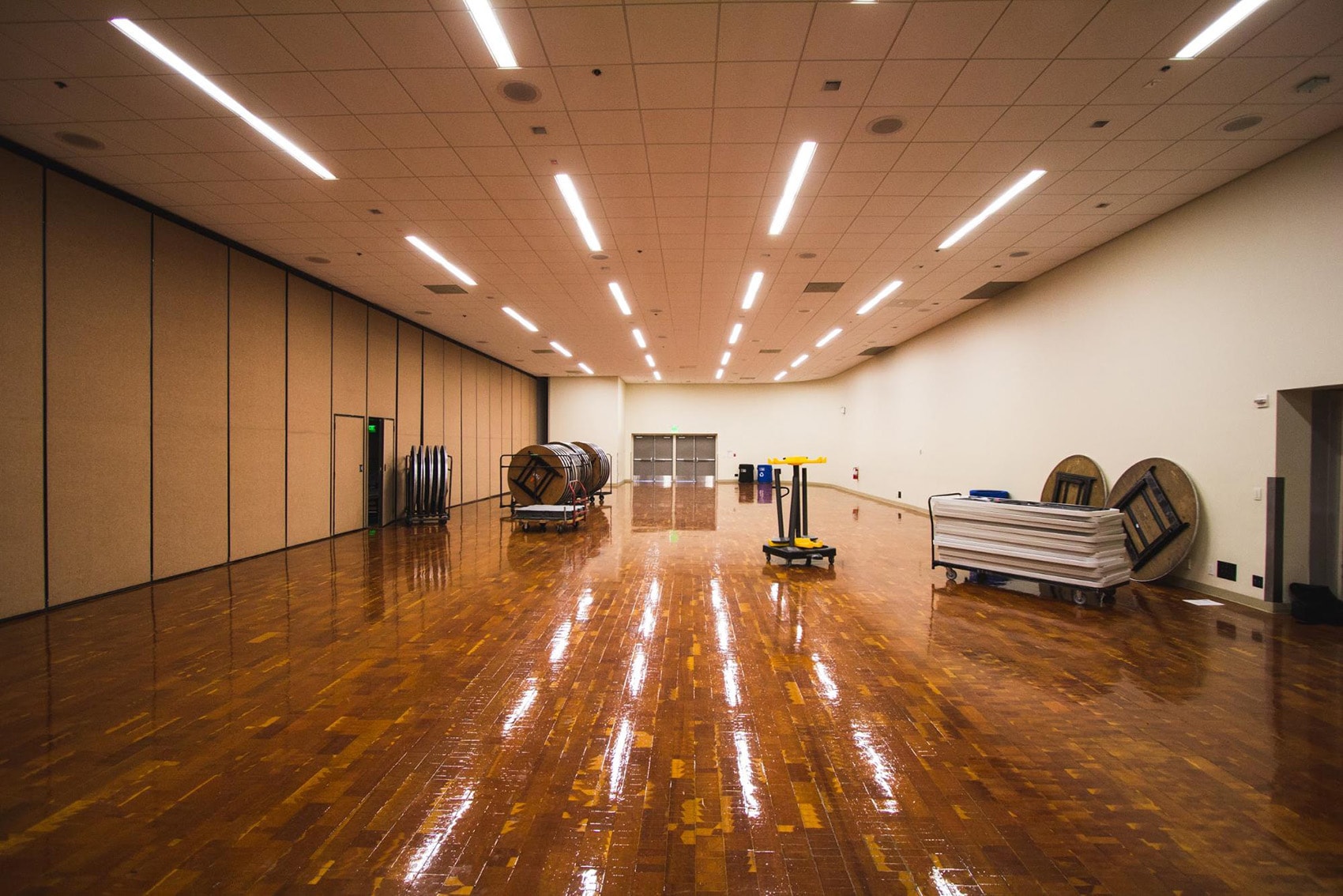
A good lead will typically let the next shift know the status of big rooms by word of mouth. There are several problems with this. A lot of shifts dont have a lead, some leads might forget to give a status update, and other leads might just forget or mishear.
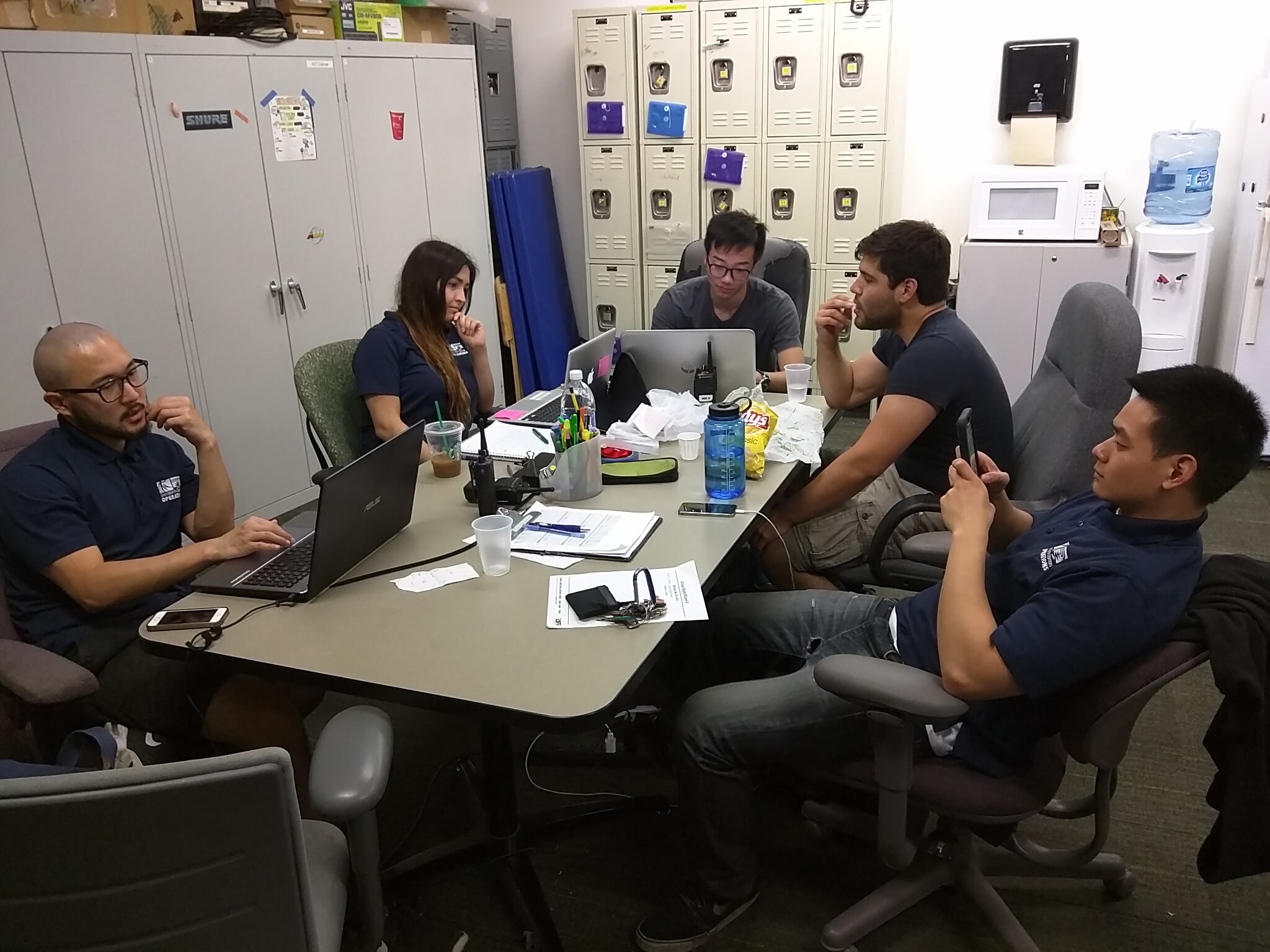
All HMs are student-workers with an emphasis on student being first. The nature of the job allows for workers to study, chill, or hangout with each other during down times.
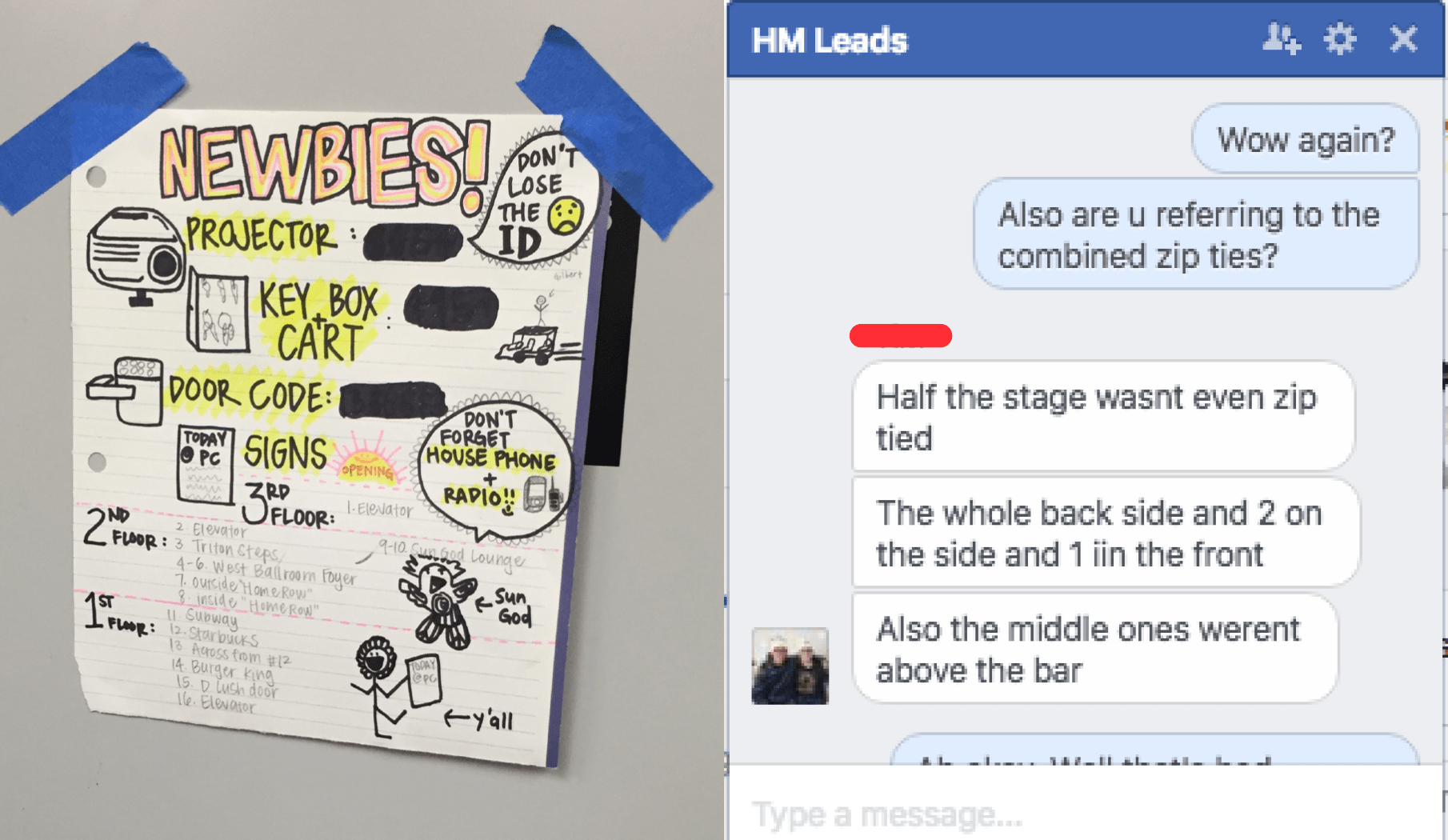
HMs don't actually have a formal training program unlike most of the departments. They rely on vetaran HMs and artifacts to show them what to do. This becomes problematic when shifts full of new hires are tasked with things they never encountered before.
"How might we help house managers share the responsibilty of transfering knowledge from shift to shift in order to meet big projects on time?"
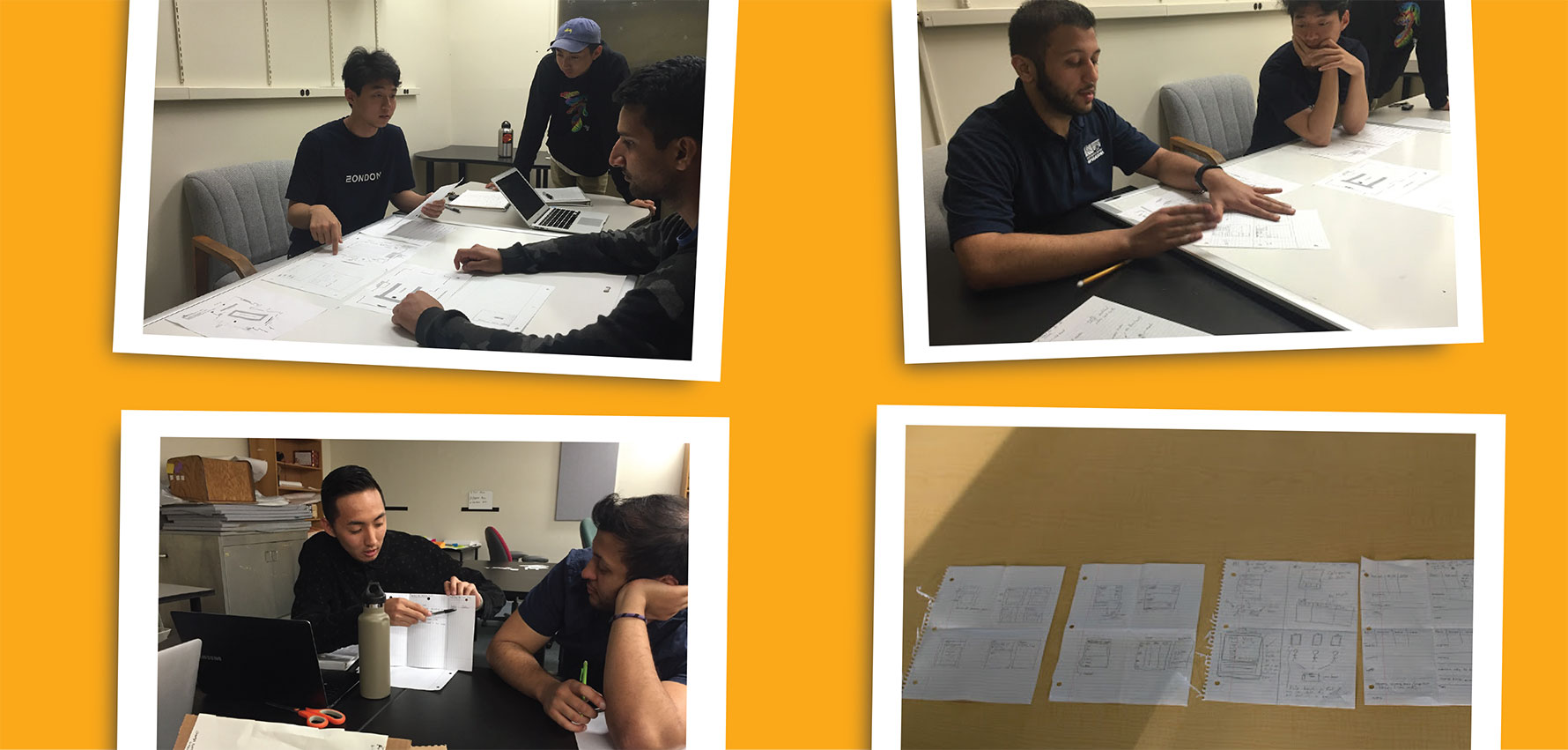
Once we had our key insights and better understanding of our problem space. Our team did a brainstorm activity known as an "8 Up". We each brainstormed ideas in a timeboxed enviroment and gave each other critique.

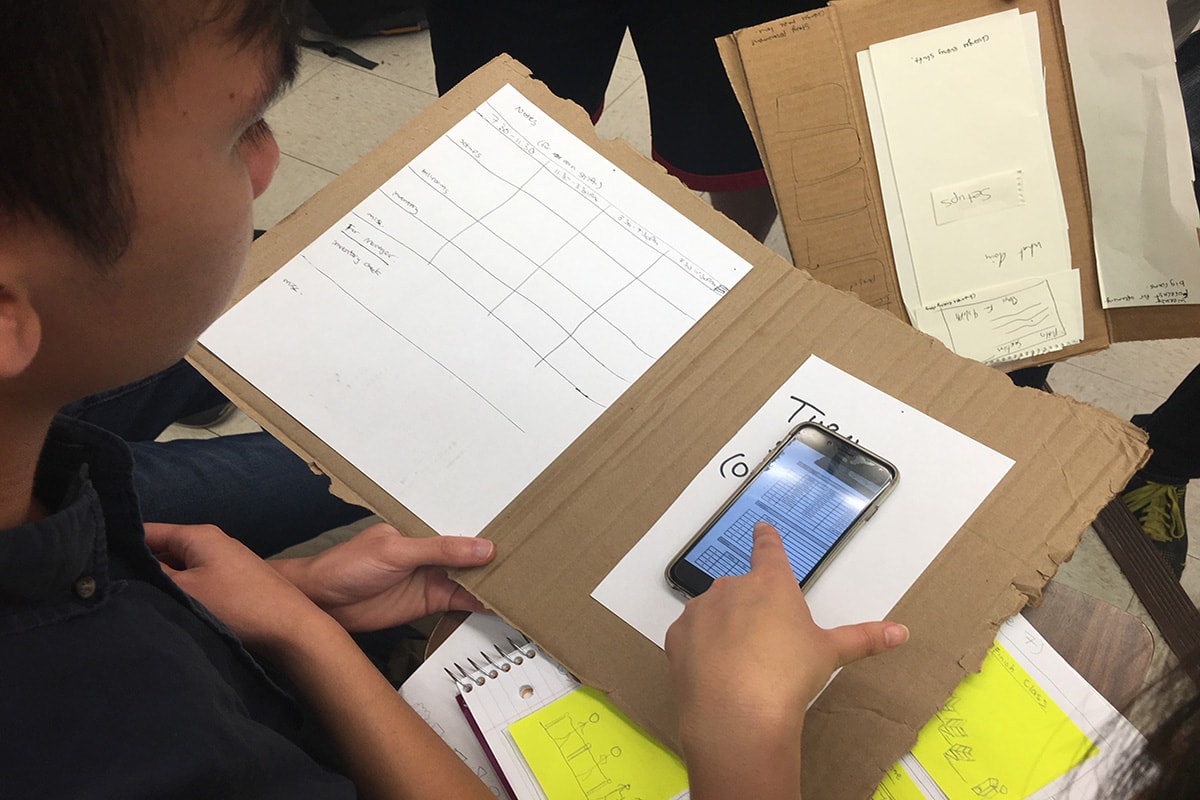
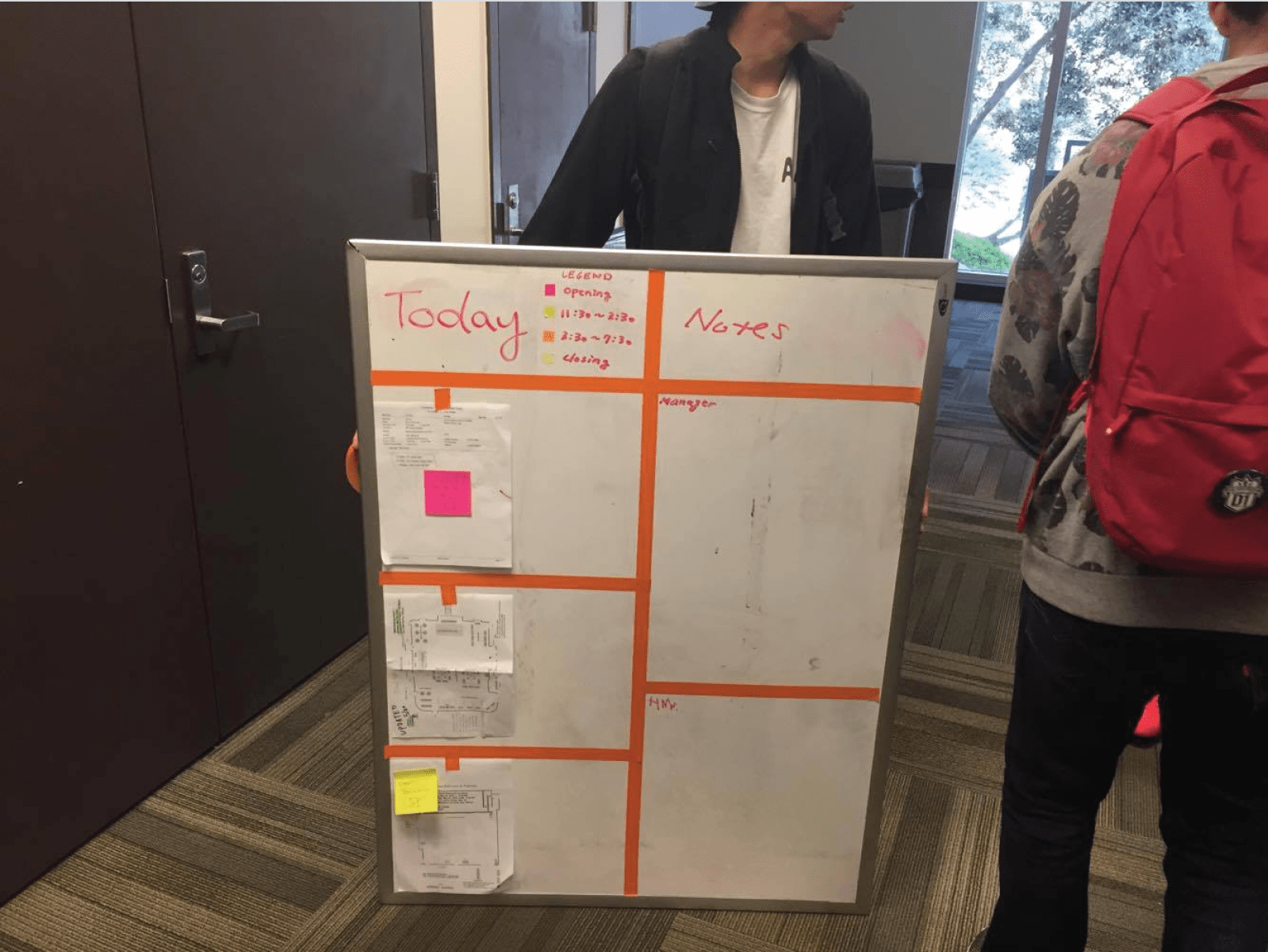
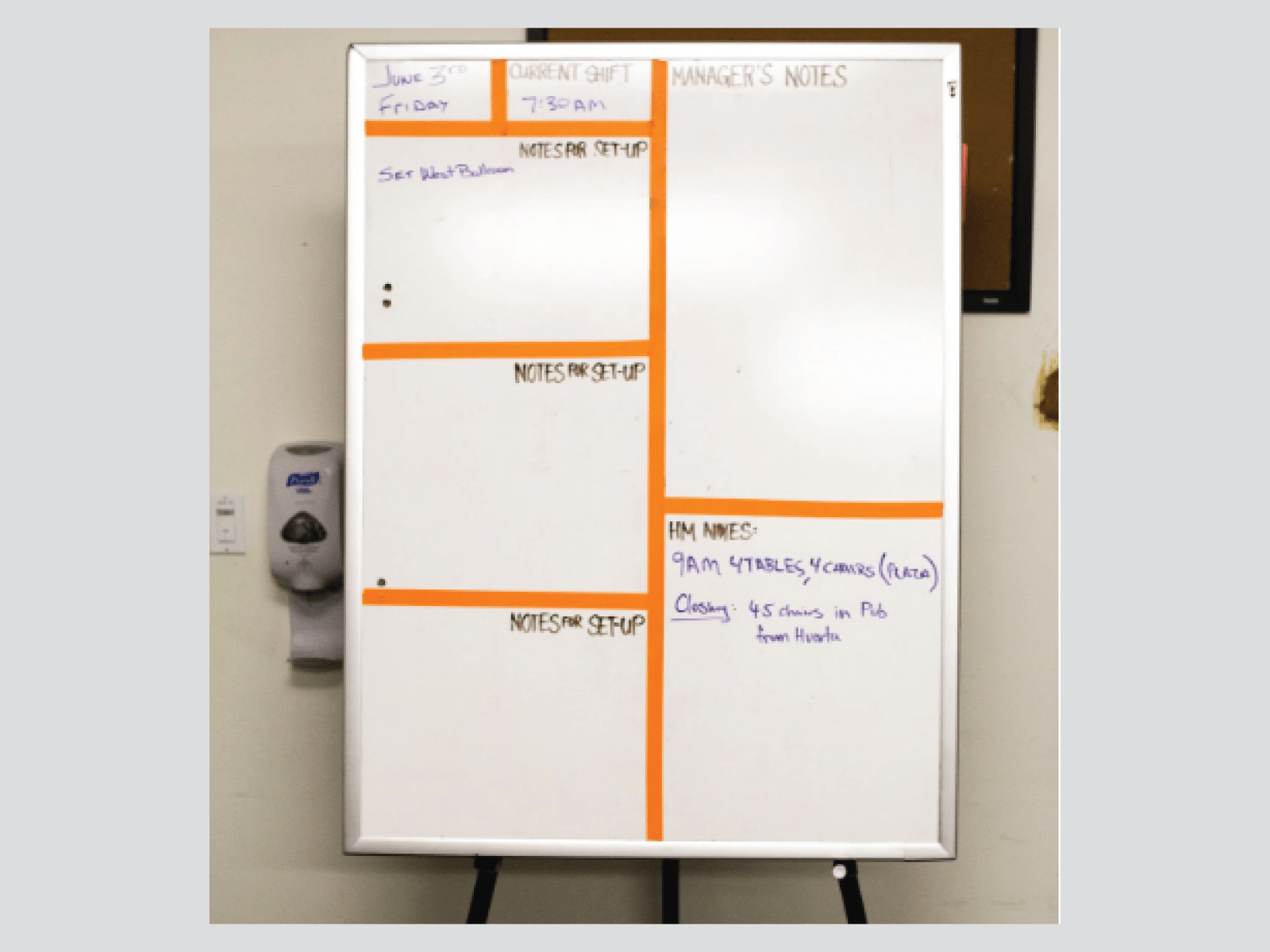
Choosing from our favorite concepts, We built fast and cheap prototypes to test with the HMs, friends and classmates. We were looking for something that was comfortable to use, easily visible to employees on shift, and helped shift to shift communication.

After some intial testing, we saw that modifying an old whiteboard paired with an easel was quite effective in calling attention. We gave the white board a user interfacing using masking tape and markers and tested how employees would interact with it. By posting upcoming big tasks and providing stickys for shift leads to communicate. Everyone on shift was visibly able to see the progress of each room without having to leave the office.
After a couple months of testing the board, was kept in use and even had some modifications made to it to include special requests/notes from the boss on specific rooms. The stickys became less utilized and instead people left notes using the dry erase markers.